Betta Splendens, also known as Siamese fighting fish, are one of the most popular aquarium fish species. These fish are native to the shallow water of Southeast Asia where people have caught and kept these fish for ages due to their fighting nature.
There are more than seventy-three types fish in the betta genus, but not all of them are as colorful and attractive as the betta splendens.
While Siamese fighting fish aren’t a very high-maintenance species, they are very particular about their living conditions. Keeping them in the aquarium needs special attention as the fish can easily catch a bacterial infection or other diseases, putting their lives in danger. Read this guide to get complete information about selective breeding of betta splendens and how to house them in your home aquarium.
A brief history of betta splendens
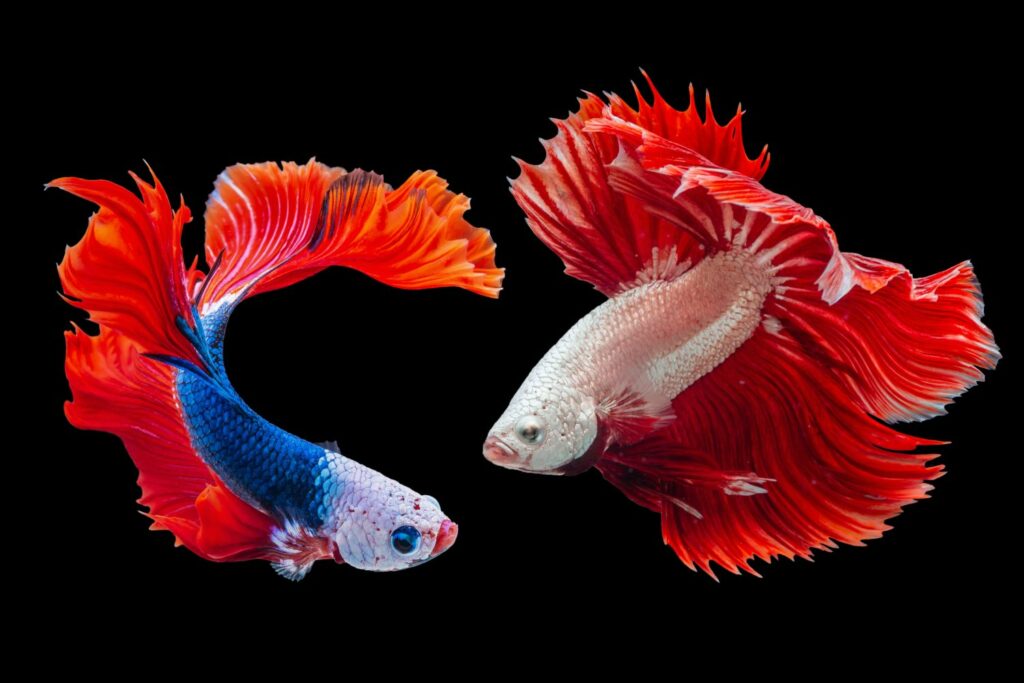
Betta fish were domesticated over 1,000 years ago in central Thailand, were people kept them as pets and used them to spar as a form of entertainment. History records show that King Rama III gave a Danish zoologist a betta fish as a gift, which is how betta fish came to the western world.
Betta fish quickly gained popularity due to their vibrant colors, flashy fins, and feisty personalities.
Since then, betta fish have been bred into different fin types, tail types, and colors. The most popular types of fish without the genus betta are the plakat betta, the double tail betta, the halfmoon betta, the crowntail betta, the dumbo betta/elephant tail betta, the delta tail betta, and the rosetail betta.

Some even refer to the betta fish as a designer fish (a spin off nickname from designer dogs like Doodle breeds) as there are so many different variations that breeders create.
Temperament
The name Siamese fighting fish is apt, given the aggressive temperament of betta fish. These captive fish are bred to fight and as such, have a combative nature. As such, these fish don’t do well in community fish tanks as betta fish do not like its space invaded by other fish and prefer solitary living arrangements.
If the betta feels threatened, it attacks its tank mates, making it extremely difficult for other fish or animals to co-exist.
Caring for a betta splenden fish
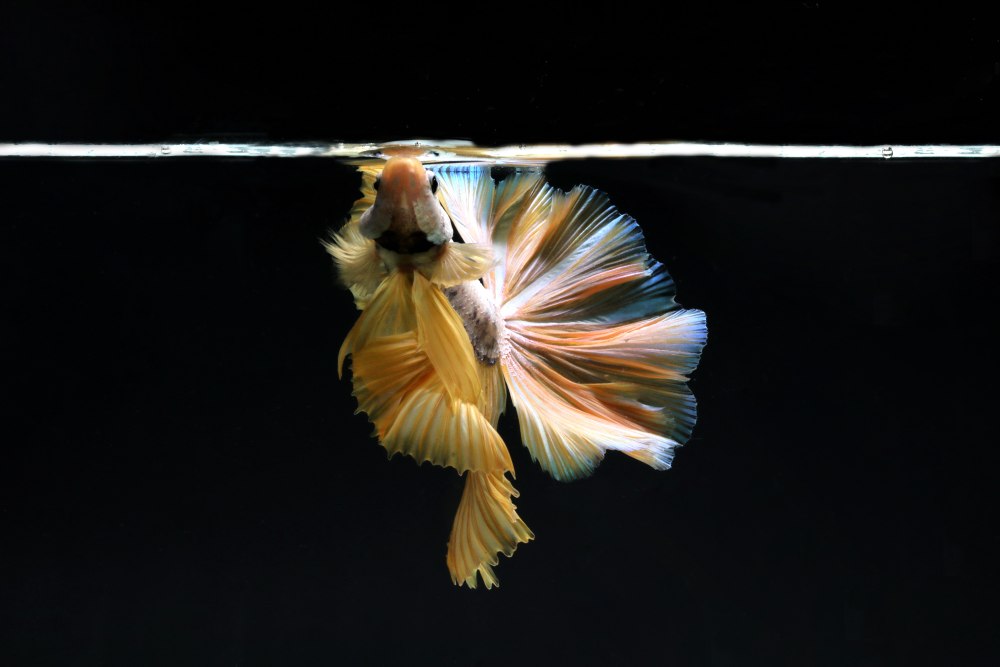
When caring for captive bettas, you must provide an adequate environment that replicates their natural habitat.
Betta fish originally belong to the tropical waters of the Southeast Asian region. They live in slow moving streams with very dense vegetation without harsh sunlight. Betta fish can be found in rice paddies, ditches, ponds, and marshes.
Tank requirements
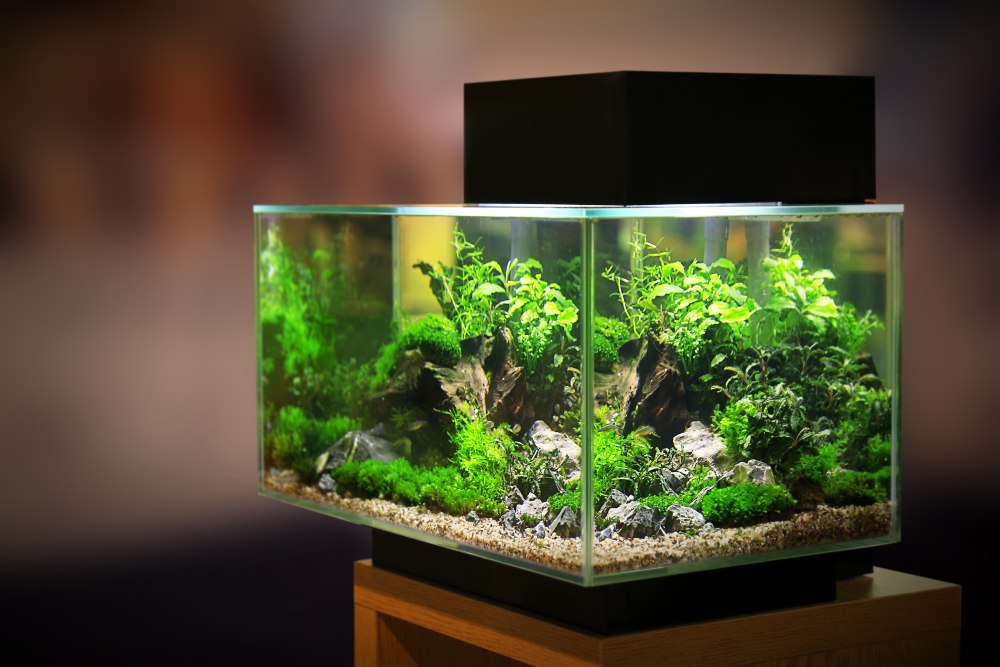
Housing the betta fish in a proper tank is extremely important to keep the fish happy. Bettas are susceptible to water changes, and an inappropriate tank setting can easily stress them out. Here are some of the common tank requirements you need to know to provide the betta fish with a happy home.
Aquarium size
Bettas can’t adjust in small containers, small bowls, flower vases, or smaller tanks as they are used to living in large flowy water streams. The minimum tank size to house a single betta fish is five gallons, but if there are other fish in the tank, you have to get at least a twenty-gallon tank.
A small tank not only will stress out the betta fish, but it may damage its beautiful fins as well. Bettas love to explore the tank and in small tanks are more likely to crash into plants and tank walls and damage their fins.
Water parameters
All betta fish from the splendens group can’t live in cold water. The ideal water temperature for this tropical fish is between 75 to 80 degrees Fahrenheit. Even the slightest change in their tank water can make them sick. You have to get an aquarium heater and thermometer to maintain the water temperature.
Additionally, bettas need a pH level between 6.8 to 7.5. Bettas can’t survive in highly acidic waters, so keeping the pH level neutral is vital. You’ll also need a water filter to keep the water free of harmful bacteria. But use a soft filter like a sponge one to avoid powerful water currents as bettas struggle to swim in strong water.
As bettas have a labyrinth organ that lets them breathe air from both air and water, they often swim up to the surface to take in air. Therefore, don’t fill your tank to the brim with water and make sure to keep a gap at the water’s surface.
Tank set up
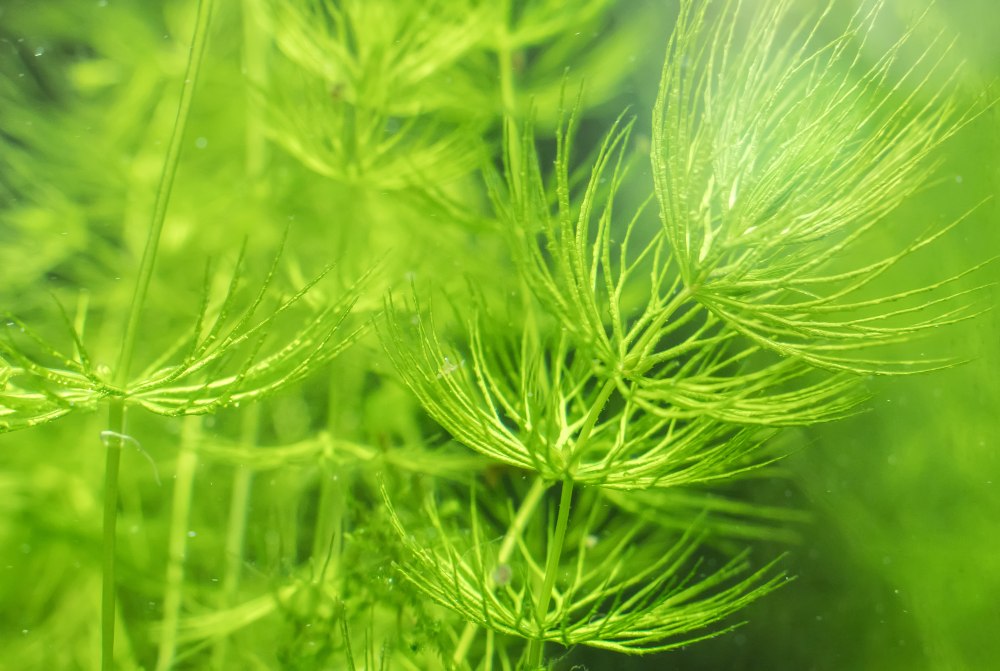
Bettas need a well-decorated aquarium with lots of live plants, substrates, and proper lighting. They love to explore and hide in their environment, and plants provide all the hiding spots they need to remain content.
But you should not use any artificial plants as they can’t absorb the nitrate and carbon dioxide growth in the water. Plastic or fake plants can also damage the delicate fins of your betta fish, so always go for live plants or silk plants.
For substrates, you can get small pebbles or sand. Make sure to avoid any objects with sharp edges.
You should also make sure your tank isn’t too bright since a betta’s natural habitat is in murky waters. Adding plants into the tank can provide bettas with a shady environment they’ll thrive in.
Cleaning
You should change your tank’s water regularly to avoid ammonia and other toxin build-ups. Keeping the fish in dirty water will induce skin diseases like caudal fin rot, and bacterial infection.
If you have a filter, change 20% of the water weekly. If you aren’t using a filter, change 30% to 50% of the water weekly. Make sure you don’t change 100% of the water as your betta fish will go into shock.
Full tank cleanings should be done every 6-8 months.
Feeding
Siamese fighting fish and all other betta species are carnivorous, so they need a high protein diet.
In their natural habitat, bettas eat small insects, insect larvae, and small fish. To keep up with their natural diet, you should feed bettas frozen foods like bloodworms, brine worms, and Mysis shrimps. You also get fish pellets and fish flakes from your local pet stores.
Bettas are very eager eaters, so they’ll never deny the food you offer them, even if they’re full. But overfeeding is dangerous for this fish, so it’s your responsibility to keep their food intake in check. Overeating can make the betta fish sick leading to their eyes bulging out, bloated body, and constipation.
Feeding a betta fish is quite simple when you know how much to feed. Feed your fish just two times a day in limited portions. If you’re using a fish pellet, give only two to four pellets each time. Also, clear any uneaten food as soon as the feeding time gets over, otherwise it can turn into toxins within your tank and make your betta fish sick.
Tank mates

Betta fish have a very bad reputation when it comes to sharing tanks. They don’t like to share their space and can seriously harm other species. Having said that, most bettas can live with other aquatic animals with a calm temperament.
Bottom dwellers and tiny animals like cory catfish, tetras, loaches, peaceful barbs, African dwarf frog, shrimps (ghost, Amano, and cherry shrimps), and snails, can live peacefully with the betta fish. Avoid fin nipping or biting fish as these can damage bettas fins, making the betta stressed and sick.
While keeping the betta with other tank mates, you must closely monitor its behavior. If you sense any signs of danger, immediately transfer them to a separate tank.
Moreover, you should never keep two male bettas in the same tank. Their violent nature will lead to constant fights until one of them dies or gets severely injured. You can house two or more female bettas together, but we don’t recommend doing that unless you’re an experienced aquarist.
Breeding
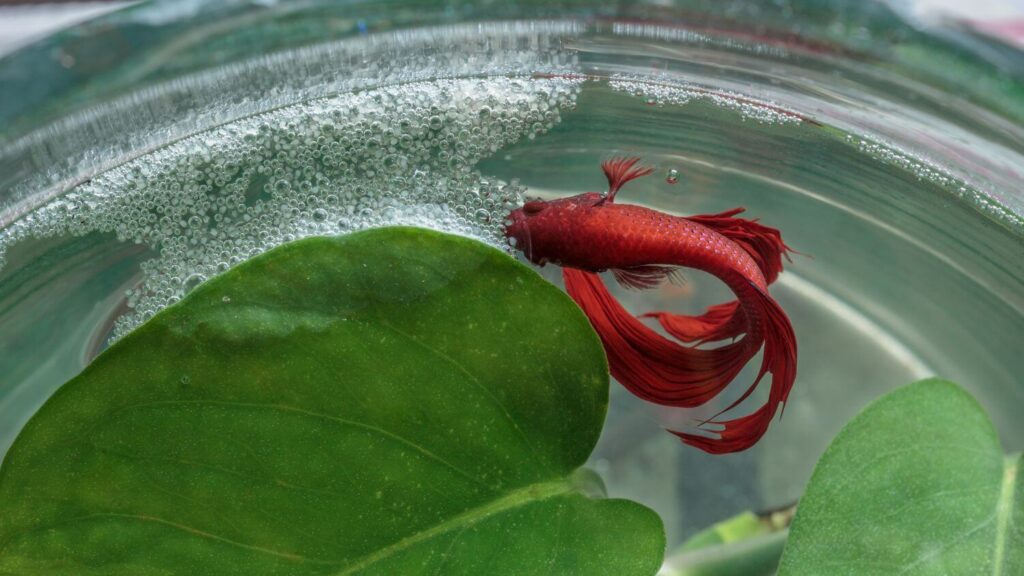
Betta fish make bubble nests when they get ready for breeding. The male bettas make the bubble nest at the tank surface or near the floating plants.
Make sure to keep the female and male betta fish separate at this point: the female betta should not be near the male as it makes the bubble nest.
Once the male has finished male the bubble nest, you can add the female betta fish in the tank, where the male and female will spawn beneath the nest. When the female begins releasing her eggs, the male transfers them to the nest.
After the mating is over, males and females should be separated as the male will take complete responsibility for guarding the eggs. The eggs hatch in in two to three days and the betta fry remain inside the eggs for another couple of days where they’ll feed on the yolk sac.
Once the betta fry starts swimming, you can feed them Infusoria and free-living nematodes.
Conclusion
Betta Splendens is a highly-popular fish for people of all ages, and with the right care, you can keep a healthy beta fish in your tank.
It’s essential to remember that betta fish cannot live a happy life in small containers like flower vases. Bettas are complex creatures who need an adequate level of care and attention.

